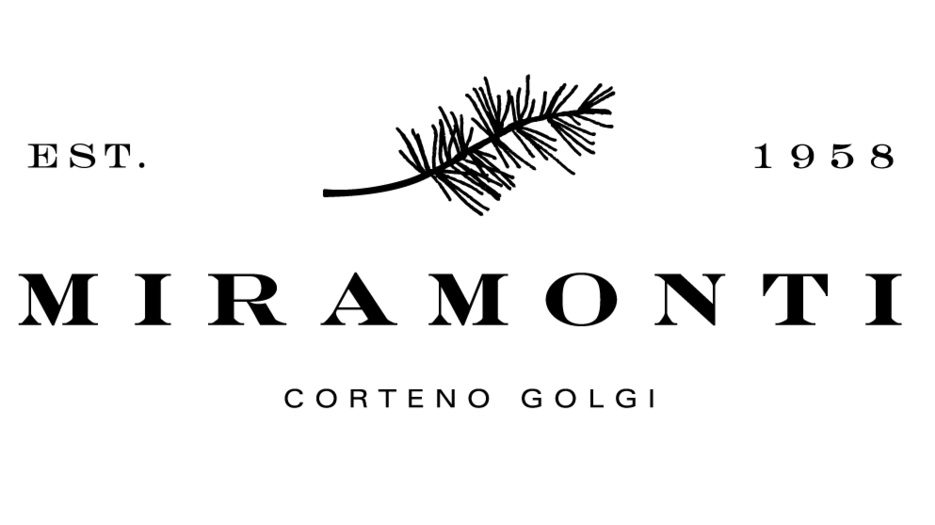Autumn Photography in the Alps: A Guide
Without a doubt, the Alps are one of the most photogenic destinations you could ever travel to - and with our hotel in the Alps, we attest to this statement. Honestly, you could be using a simple point and shoot camera and receive an amazing landscape photo. But you should know that there are many different ways you can elevate your photography game. In this article, we want to give you exclusive tips for the Autumn season as it is perhaps the most stunning time of year to take photos of the Italian Alps. Just visualise a sea of red and orange-hued trees, with the mountains towering in the background - simply beautiful.
PREPARATION AND PLANNING
First and foremost, you should prepare and plan for your trip to the Alps. Keep in mind, this time of year is quite wet and cold, so you should be ready for the weather. Read our Packing Clothes for Autumn, to find out what clothes are best to wear; this includes waterproofs, boots and more. Then, of course, the photography gear you will be bringing with you. You should have a bag that fits your lens collection, your camera and other equipment like tripods.
Before your photography session, you should already have an idea what kind of shots you would like to take. This would save a lot of time because you already know what you are looking for! Just visualise and take note of your ideas, then once you’re ready to take photos, keep referring back to your notes. Think about it, you only have a limited space of time to take the ‘winning shot’, so don’t waste time and plan well.
TIMING
When to Go
The best time to take Autumn photography in the Alps is when the forests are covered in hues of red and ochre, and when the mountains have started to have snow on their peaks. This combination of elements creates a dynamic shot that, for sure, will create an album of magnificent photos. The months of October to November are considered to be the ‘peak’ Autumn months, so if you’re looking for a range of fall colours, travel to the Alps at these times.
Time of Day
Frankly, it is up to you when you want to take photos. Each photographer has their own vision for their photography, and if you are keen to take a great picture in pouring rain- then do it! Remember, if you are set on taking photos of the mountains during sunset or sunrise, you have a limited time frame to do so. Therefore, if you can, you should travel earlier and prepare sufficiently for when it happens. And if successfully done so, you would get a stunning photograph for sure! However, most of the time, you will be able to walk up the mountains and capture breathtaking photos. You can’t go wrong daytime photography, where the light is brightest, allowing you to reveal the full colours of Autumn in your photos, as well as the snow glittering under the skylight.
LOCATIONS
Mountains
Perhaps, the main focal point of many Alpine photographs, mountains are faultless subjects to take photos of. Near our hotel, we’ve got the Adamello Mountains, and if you decide to travel further, you may even visit the famous Montblanc or Dolomites.
Forests
Alpine forests are rich in flora and fauna; you can expect to find many of the Alpine flowers that grow within the wild, as well as the animals that thrive in higher altitudes like the ibex or marmot.
Bernina Express
A unique experience is a train into the Swiss Alps, the Bernina Express. Starting from Tirano, the train will move through the mountains, passing massive viaducts and stunning views of forests.
Lakes
Northern Italy is full of lakes! Just think about Lake Como and Lake Garda. What makes the Italian Alps special is that if you hike, you can find stunning, crystal clear lakes reflecting the mountains and forests - gorgeous!
PHOTO-TAKING
Wide Angle
When it comes to capturing landscape photos, you should take it as wide as you can. It adds to the dynamics and enhances the grandeur of the mountains and forests. It would be a shame to take a photo, and several key elements of the picture like trees or lakes could be cut off from the image.
Depth of Field
Adjusting the depth of field can elevate your photos! It is when certain areas of the picture will have more sharpness while rest can be slightly blurry. It can help emphasise certain areas of the photo, a great artistic tool for experimentation. In terms of landscape photography, we recommend a deeper depth of field. This is because you want to get most of your scene in focus, and by using a wide-angle lens and a small aperture, you can achieve sharper landscape images.
Why not stay at Miramonti Boutique Hotel where you can Hike in the Alps, enjoy our Hotel Spa and even relax in our Cigar Lounge.







